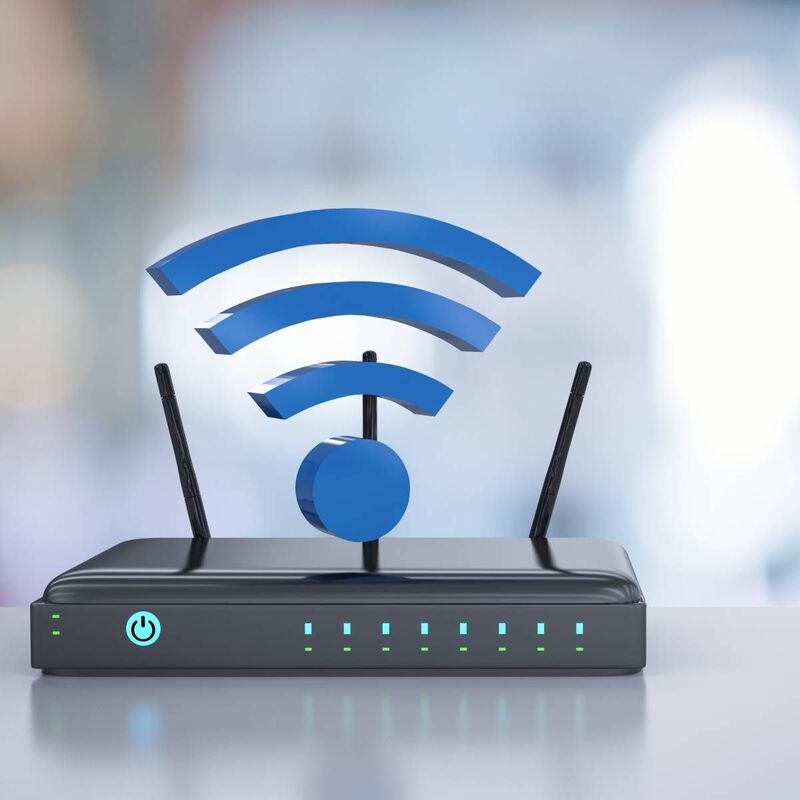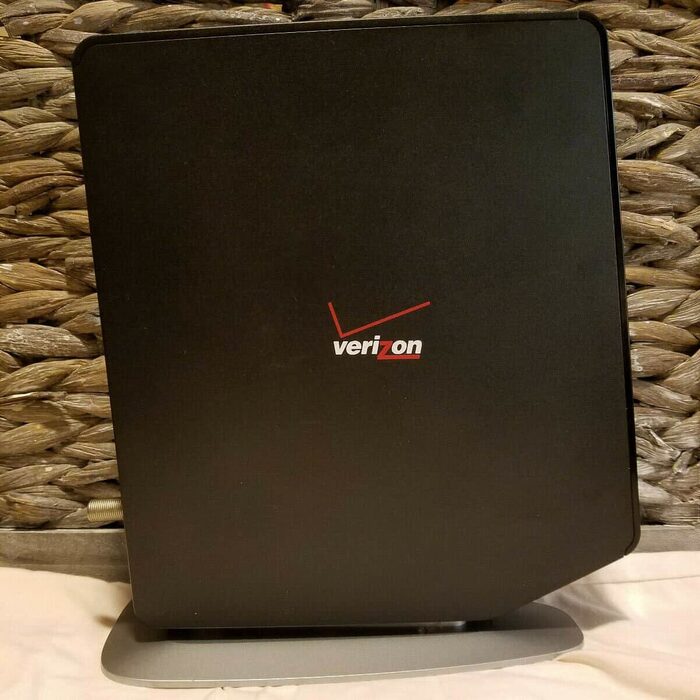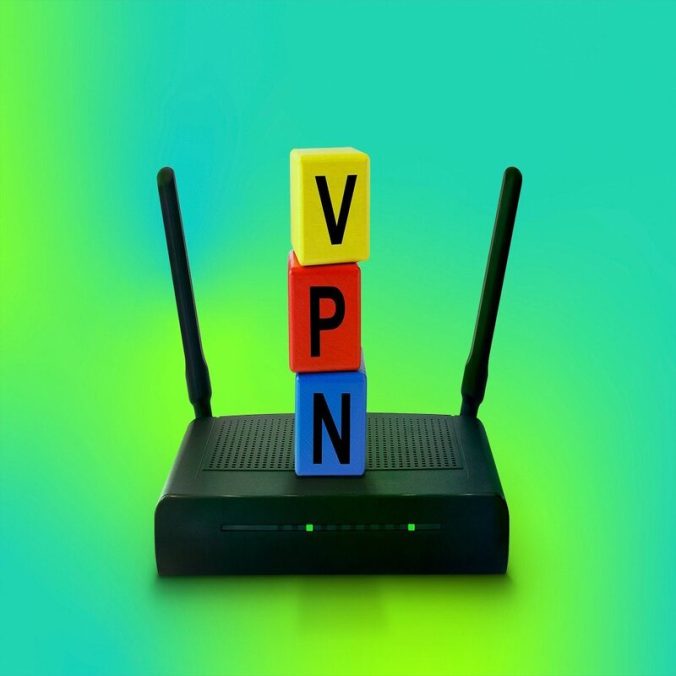Setup a VPN on your router provides enhanced online privacy. It allows all devices connected to the network to benefit from VPN features. As security threats continue to evolve, a VPN can be an essential defense. This article details the necessary steps and considerations to setup a VPN on your router, ensuring a robust online experience for all users.
What is a VPN?
A Virtual Private Network, or VPN, encrypts your internet traffic. This means your data is protected from hackers and snoopers. When you connect to a VPN, it creates a tunnel for your data. This secure tunnel is crucial for maintaining privacy online.
Additionally, VPNs allow you to access restricted content. Sometimes, certain websites or services may be blocked in your region. By connecting to a VPN server in another location, you can bypass these restrictions. This is particularly useful for streaming services. You can access a wider range of content without geographical limitations.
Understanding the basics of how VPNs work is vital. It prepares you for the setup process. You can make informed decisions on the options available. For example, you can choose which protocols to use and what provider best meets your needs.
Types of VPNs
There are several types of VPNs available. Each has its own unique features tailored to different user needs. The most common types are Remote Access VPN and Site-to-Site VPN.
Remote Access VPNs allow individual users to connect to a private network from a remote location. This is particularly useful for employees working from home. On the other hand, Site-to-Site VPNs connect entire networks together. They are often used by businesses with multiple locations.
In addition, there are different protocols used in VPNs. PPTP, L2TP/IPsec, and OpenVPN are some notable examples. Each protocol has its advantages and disadvantages. Knowing these helps you choose which features are most essential for your situation.

Setting Up the VPN on Your Router
Selecting the Right Router
Setting up a VPN on your router enhances your network’s security and anonymity. First, check if your router supports VPN functionality—typically found in high-end models. Choosing the appropriate router is a critical first step. Not all routers support VPN connections. Therefore, it’s vital to ensure that yours does. Many high-end routers come with built-in VPN functionality. However, some might require third-party firmware for full support.
When selecting a router, consider the speed. A slower router could hinder your internet experience while connected to a VPN. Look for routers that support dual-band frequencies as well. This ensures that multiple devices can connect without sacrificing speed.
You should also check if the router supports your preferred VPN protocol. Some routers may only support specific protocols like PPTP. Others might offer more versatility, allowing connections for OpenVPN or L2TP.
Choosing a VPN Provider
The next critical step is selecting a reliable VPN provider. Not all VPNs are created equal; their features vary widely. Look for providers that offer secure encryption standards. Most reputable VPNs provide AES-256 bit encryption to protect your data.
Additionally, consider the server locations available. More server locations mean better access to global content. You can bypass geographical restrictions easily when there are multiple options.
Another important factor is the speed of the VPN service. You don’t want a service that significantly slows down your connection. To make an informed choice, read user reviews and performance tests.
Accessing the Router’s Configuration Page
After you’ve chosen your router and VPN provider, the next step is accessing the router’s configuration page. This is typically done by entering the router’s IP address into the web browser. Most common router IPs are 192.168.1.1 or 192.168.0.1, but you might need to check your manual.
You will need to enter the admin username and password. The default credentials are often printed on the router or found in the user manual.
Once logged in, navigate to the VPN settings section. This area may be labeled differently depending on the router model. Familiarize yourself with the interface to make the setup process smoother.

Configuring VPN Settings
Inputting VPN Details
With access to the router settings, it’s time to enter the VPN details. These include the server address, your username, and your password. It’s essential that this information is correct to establish a successful connection.
Usually, your VPN provider should have a setup guide for various router types. Refer to this guide as needed for specifics. Some providers may also supply configuration files, which can simplify the process significantly.
Make sure to select your preferred VPN protocol as well. If your chosen VPN supports multiple protocols, opt for the one that meets your security and speed needs.
Testing the VPN Connection
Once you’ve input all necessary details, save the settings and restart your router. After it reboots, it’s important to test the VPN connection. Using a device connected to the router, access a site like “whatismyip.com” to check your IP address.
This address should display the location of the VPN server, not your actual location. If everything is working correctly, your browsing should now be encrypted and secure.
However, if you encounter issues, consult your VPN provider’s troubleshooting guide. They often have specific instructions for common problems. You can also search online forums for solutions and tips from experienced users.
Additional Considerations
Security and Privacy Features
Beyond the basic setup, consider additional security features. Many VPN providers offer options such as a kill switch or DNS leak protection. A kill switch automatically disconnects your internet if the VPN connection drops unexpectedly. This ensures that your data isn’t exposed during disconnections.
DNS leak protection helps prevent your DNS requests from being visible outside the VPN tunnel. Without this feature, your web activities could be traced by your Internet Service Provider.
All these features enhance your overall security and privacy. Make sure to enable them where available. Also, regularly check if there are software or firmware updates for your router. Keeping your firmware up-to-date is essential for security.

Managing Multiple Devices
One of the benefits of setup a VPN on your router is the ability to manage multiple devices. All connected devices can benefit from the VPN’s protection, ranging from laptops to smart TVs.
This also means you avoid downloading VPN software on each individual device. However, monitoring device performance and VPN speeds becomes essential. Some routers may struggle under heavy load. So, keeping an eye on your network performance can provide insights for necessary adjustments.
For homes with many devices, you might consider a more robust router. Investing in a router designed for high performance can significantly benefit your network. It improves both speed and connectivity for all devices.
Conclusion
Setting up a VPN on your router is an excellent choice for enhanced privacy. By taking the time to understand VPNs, selecting the right hardware and service, and carefully configuring the settings, you can create a secure environment for your online activities.
Remember, investing in online security is increasingly important in today’s digital landscape. Regularly reviewing your settings and keeping up-to-date with provider offerings ensures optimal protection. Protecting your online activities is not a one-time task but an ongoing commitment. As threats evolve, so should your methods of defense.
By following these detailed steps, you can confidently set up a VPN on your router and enjoy a more secure online experience.

Leave a Reply